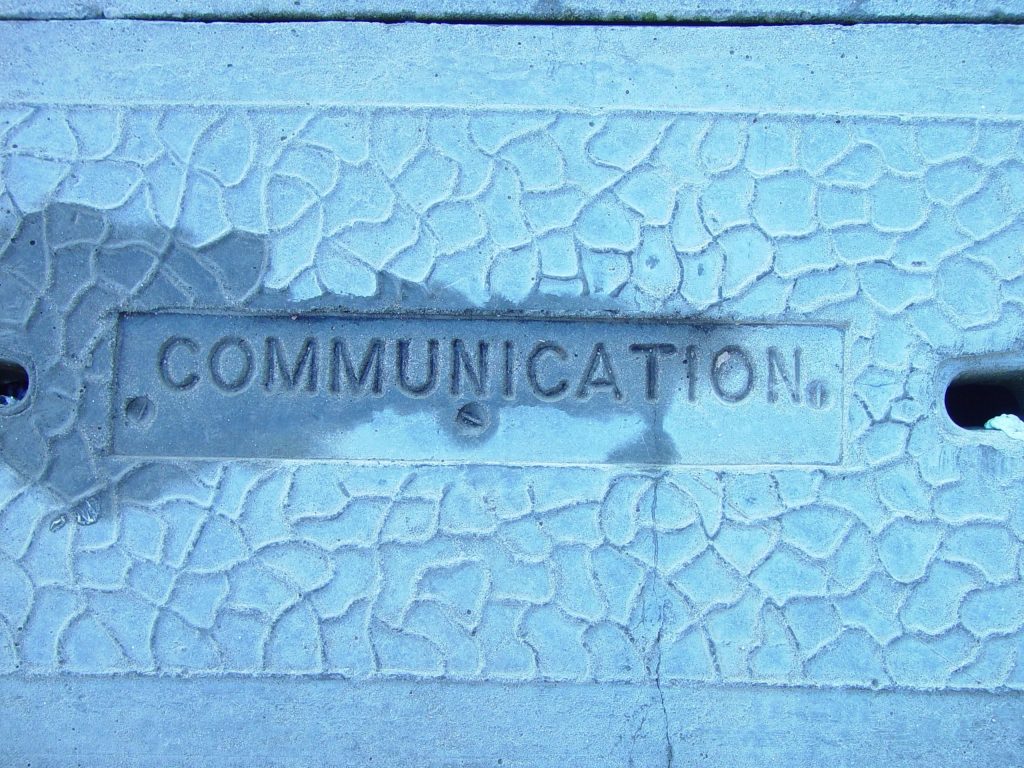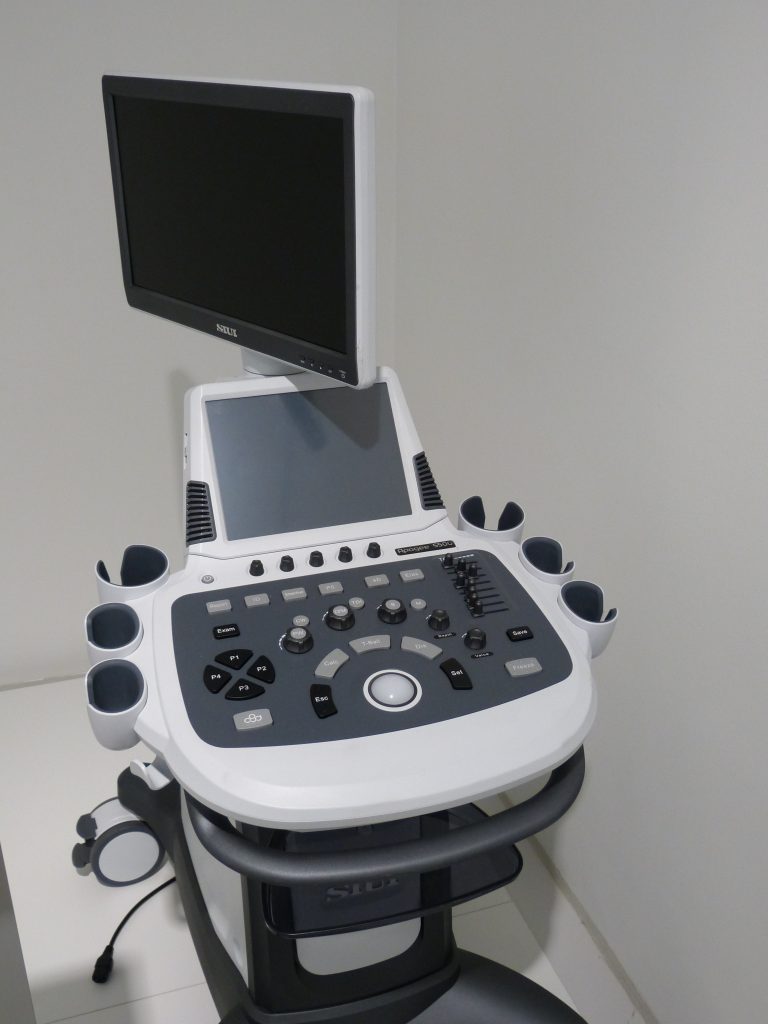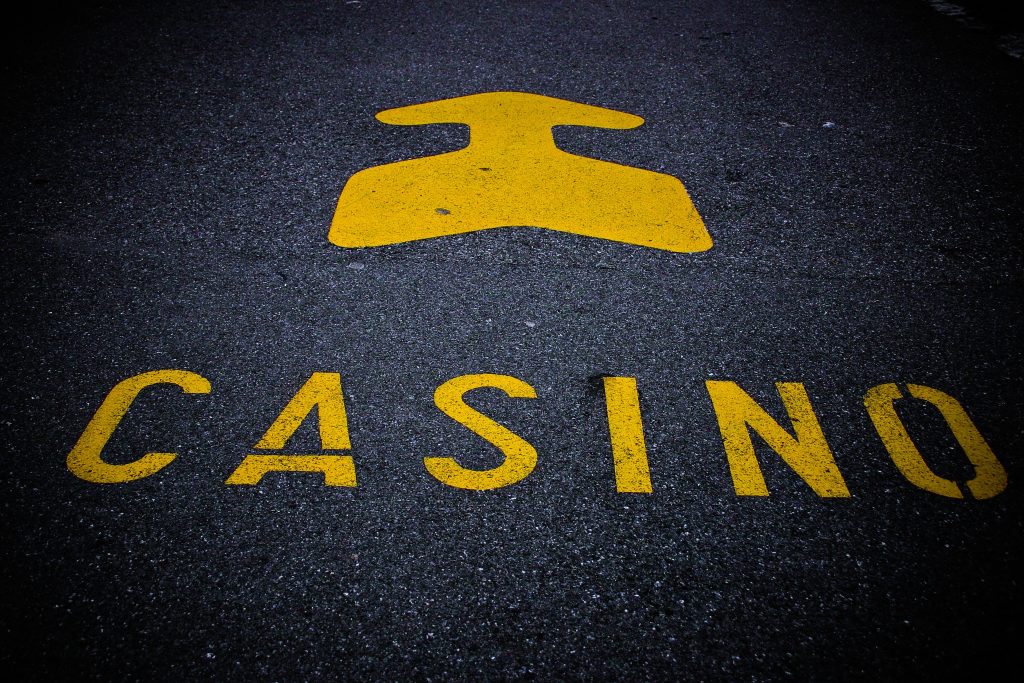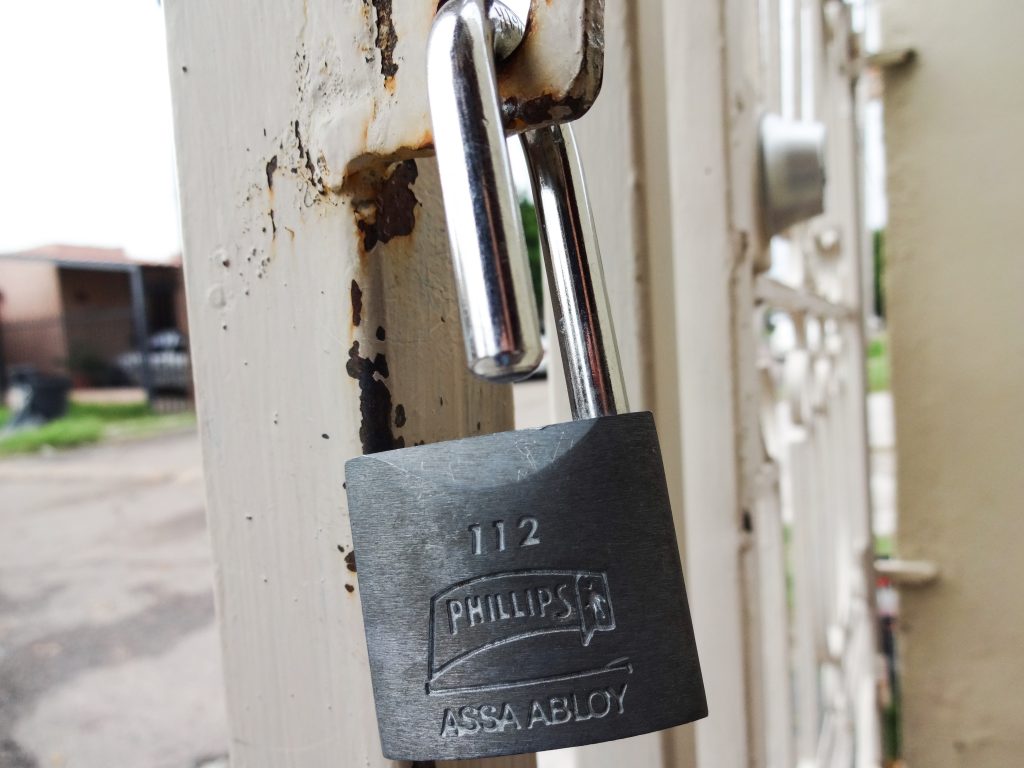 The old Disney adage from the original Bambi movie, “If you don’t have anything nice to say, don’t say anything at all,” is probably wise life advice. Still, when it comes to legal advice, any good attorney will tell you, “if you can’t establish the falsity of the claims said about you, then you likely don’t have a defamation claim.” Nevertheless, after some not-so-nice comments appeared in a local newspaper article detailing a Louisiana attorney’s alleged outburst outside a courtroom, he sued for defamation. Still, the courts were ultimately unconvinced by his arguments.
The old Disney adage from the original Bambi movie, “If you don’t have anything nice to say, don’t say anything at all,” is probably wise life advice. Still, when it comes to legal advice, any good attorney will tell you, “if you can’t establish the falsity of the claims said about you, then you likely don’t have a defamation claim.” Nevertheless, after some not-so-nice comments appeared in a local newspaper article detailing a Louisiana attorney’s alleged outburst outside a courtroom, he sued for defamation. Still, the courts were ultimately unconvinced by his arguments.
Attorney Martin Regan (“Regan”) represented St. Bernard Parish President David Peralta (“Peralta”) in a case involving multiple criminal indictments, including perjury and filing false records related to using campaign funds for his personal gambling. A grand jury found Peralta guilty on those charges brought by the District Attorney’s Office with the help of Assistant Attorney Generals David Caldwell (“Caldwell”) and Molly Lancaster (“Lancaster”). At some point during or after the proceedings, Regan confronted Lancaster about an issue in the case. According to Caldwell, the conversation between the attorneys escalated to Regan threatening Lancaster and swearing at her.
Caldwell shared his version of the events he witnessed with the New Orleans Advocate, which published his account in a newspaper article. In part, Caldwell was quoted stating that Regan was “threatening his female assistant,” “dropping F-bombs on her,” and thought that if he had gotten close enough to Regan, “he might have taken a swing at [Caldwell].” The newspaper also reached out to Regan for his comments, who, after calling Caldwell a “liar,” continued to state that he “didn’t lose his cool” and “never swore at anybody.” After that, Regan filed a lawsuit against Caldwell, the State Attorney General, and the Office of the Attorney General, seeking damages for defamation.
 When you go to the doctor, you expect they will help you feel better. However, if your doctor worsens your condition, it is essential to understand the legal requirements for bringing a medical malpractice claim. Otherwise, you find yourself unable to recover.
When you go to the doctor, you expect they will help you feel better. However, if your doctor worsens your condition, it is essential to understand the legal requirements for bringing a medical malpractice claim. Otherwise, you find yourself unable to recover. Louisiana Personal Injury Lawyer Blog
Louisiana Personal Injury Lawyer Blog


 To avoid a lengthy trial, many lawsuits will be solved through settlements. Settlements may have their requirements, like signing a release. If presented with a release make sure you read it carefully and ensure it includes limiting language if other parties may be at fault. This is a lesson learned by Raymond Cressy when he signed a release form through his power attorney, severely hurting his claims.
To avoid a lengthy trial, many lawsuits will be solved through settlements. Settlements may have their requirements, like signing a release. If presented with a release make sure you read it carefully and ensure it includes limiting language if other parties may be at fault. This is a lesson learned by Raymond Cressy when he signed a release form through his power attorney, severely hurting his claims.  Workplace accidents can be devastating, and determining fault can be complex and challenging. Clark Nixon, a dump truck driver, recently found himself in this situation after a workplace accident left him injured. While working at a job site for the Terrebonne Levee & Conservation District (“TLCD”), Nixon was involved in an accident with David Danos, an employee of TLCD, acting within the course and scope of his employment. The Louisiana First Circuit Court of Appeal affirmed the Trial Court’s holding of both parties at fault, and the defendants filed an appeal challenging the allocation of 50% fault to Danos and TLCD.
Workplace accidents can be devastating, and determining fault can be complex and challenging. Clark Nixon, a dump truck driver, recently found himself in this situation after a workplace accident left him injured. While working at a job site for the Terrebonne Levee & Conservation District (“TLCD”), Nixon was involved in an accident with David Danos, an employee of TLCD, acting within the course and scope of his employment. The Louisiana First Circuit Court of Appeal affirmed the Trial Court’s holding of both parties at fault, and the defendants filed an appeal challenging the allocation of 50% fault to Danos and TLCD.  It may not be uncommon to recover less than you had hoped in a personal injury lawsuit. However, challenging the amount of money you are awarded to get more is a challenging feat. A recent case out of the East Baton Rouge Parish explains why courts tend to defer to the jury when awarding damages.
It may not be uncommon to recover less than you had hoped in a personal injury lawsuit. However, challenging the amount of money you are awarded to get more is a challenging feat. A recent case out of the East Baton Rouge Parish explains why courts tend to defer to the jury when awarding damages.  The old Disney adage from the original Bambi movie, “If you don’t have anything nice to say, don’t say anything at all,” is probably wise life advice. Still, when it comes to legal advice, any good attorney will tell you, “if you can’t establish the falsity of the claims said about you, then you likely don’t have a defamation claim.” Nevertheless, after some not-so-nice comments appeared in a local newspaper article detailing a Louisiana attorney’s alleged outburst outside a courtroom, he sued for defamation. Still, the courts were ultimately unconvinced by his arguments.
The old Disney adage from the original Bambi movie, “If you don’t have anything nice to say, don’t say anything at all,” is probably wise life advice. Still, when it comes to legal advice, any good attorney will tell you, “if you can’t establish the falsity of the claims said about you, then you likely don’t have a defamation claim.” Nevertheless, after some not-so-nice comments appeared in a local newspaper article detailing a Louisiana attorney’s alleged outburst outside a courtroom, he sued for defamation. Still, the courts were ultimately unconvinced by his arguments. Casinos can be a chaotic mix of adrenaline and alcohol. While a cultural staple of sportsmanship and skill, it is unsurprising that injuries often occur at casinos. The casino may be liable in some instances, but casino guests are also responsible for acting reasonably and taking precautions to ensure their safety, such as moderating alcohol consumption. When a guest under the influence is injured while on casino property, a required showing of causation may be absent due to the contributory factor of intoxication.
Casinos can be a chaotic mix of adrenaline and alcohol. While a cultural staple of sportsmanship and skill, it is unsurprising that injuries often occur at casinos. The casino may be liable in some instances, but casino guests are also responsible for acting reasonably and taking precautions to ensure their safety, such as moderating alcohol consumption. When a guest under the influence is injured while on casino property, a required showing of causation may be absent due to the contributory factor of intoxication. Having a sick child can be a nerve-racking time. Having a sick infant is even scarier as you, as a parent, feel helpless. In these times, caregivers turn to the experts in medical centers to help. But, unfortunately, a hospital can’t always help before it is too late.
Having a sick child can be a nerve-racking time. Having a sick infant is even scarier as you, as a parent, feel helpless. In these times, caregivers turn to the experts in medical centers to help. But, unfortunately, a hospital can’t always help before it is too late.  Protection from on-the-job injury is vital to any employee, especially those doing manual labor. But when so many types and subtypes of insurance coverage are involved in a single policy, how can you know when you’re covered? And what happens when you can’t tell if specific coverage applies to you? Can you still get protection and justice?
Protection from on-the-job injury is vital to any employee, especially those doing manual labor. But when so many types and subtypes of insurance coverage are involved in a single policy, how can you know when you’re covered? And what happens when you can’t tell if specific coverage applies to you? Can you still get protection and justice? Knowing and adhering to the Rules of Civil Procedure in bringing a lawsuit cannot be understated in its importance. Before a lawsuit makes it to court, various steps and procedures must be followed for the case to proceed. Chief among these pre-trial requirements is establishing that the court has the power to decide the present case, otherwise known as the court’s jurisdiction over the case. If a court lacks judicial control over a party to the case or the subject matter involved, the case should not proceed, and the court cannot hand down a valid, binding judgment.
Knowing and adhering to the Rules of Civil Procedure in bringing a lawsuit cannot be understated in its importance. Before a lawsuit makes it to court, various steps and procedures must be followed for the case to proceed. Chief among these pre-trial requirements is establishing that the court has the power to decide the present case, otherwise known as the court’s jurisdiction over the case. If a court lacks judicial control over a party to the case or the subject matter involved, the case should not proceed, and the court cannot hand down a valid, binding judgment. The evolving nature of employment now means the relationship between employer and employee can be indirect and through different contracting methods. In addition, many people employed by one company are, in fact, on the job doing work for another. A recent case in Louisiana highlights these distinctions and the risks posed to workers and their families when seeking compensation.
The evolving nature of employment now means the relationship between employer and employee can be indirect and through different contracting methods. In addition, many people employed by one company are, in fact, on the job doing work for another. A recent case in Louisiana highlights these distinctions and the risks posed to workers and their families when seeking compensation.